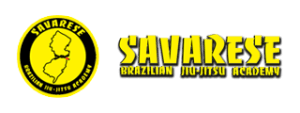Training with smaller partners in BJJ
Training with smaller partners in BJJ
A very important topic to discuss in Jiu-Jitsu is training with smaller partners in BJJ. When you train with the smaller partners, it is important not to use all your strength to just submit them over and over. In Jiu-Jitsu, we are expected to train with a wide array of partners. Some will be very good, some will be beginners, most will be somewhere in between. Additionally, they will come in all shapes and sizes. Figuring out the unique challenges of each different body type is a big part of your development. In response to the many different types of training partners you will work with, you must learn to develop different intensity levels in your game. When training with smaller or less experienced partners, use this to develop your defense or a weaker part of your game. Remember, unlike competition, the goal of training is DEVELOPMENT, not victory. That means seeing a sparring round with someone you know you can defeat easily not as a chance to beat them as expected, but as a chance to take some aspect of your game that needs improvement and spend time on that or by handicapping yourself in some way to make the match more even. In this way you can derive great benefit from training with a lessor partner in ways that will make you more successful in the future against your toughest partners. We preach this practice at Savarese BJJ (www.njbjj.com) as an opportunity to improve, not to feed your ego. This way, you help your partner “level up” and you gain another good training partner.
